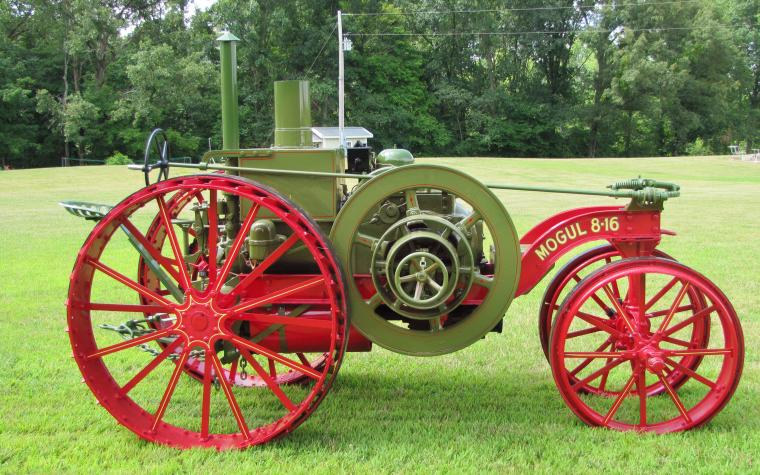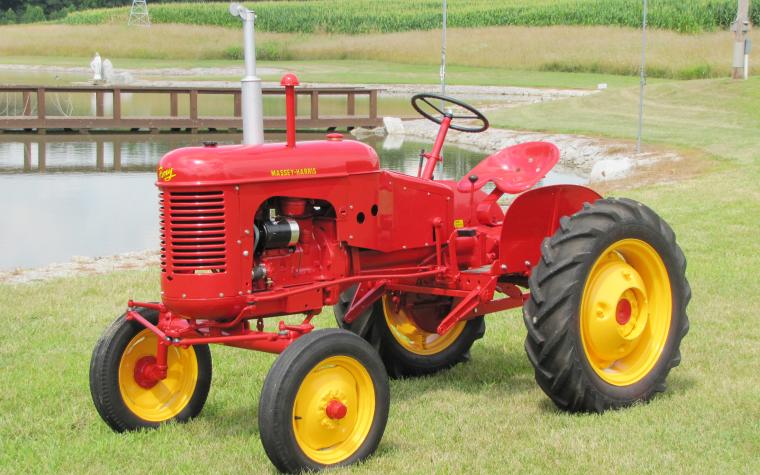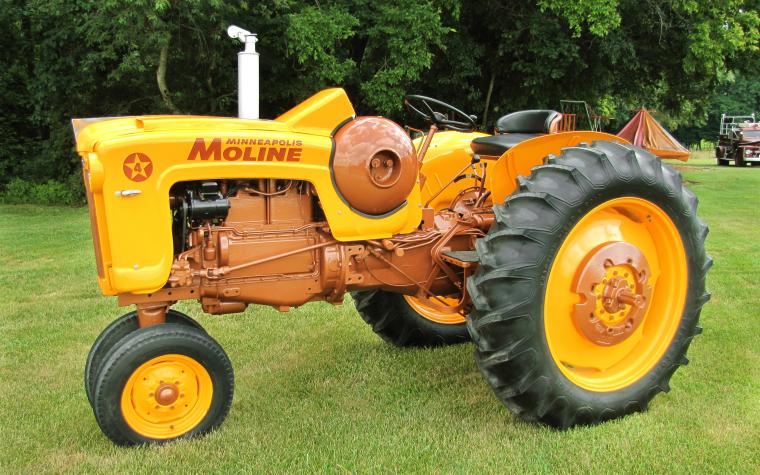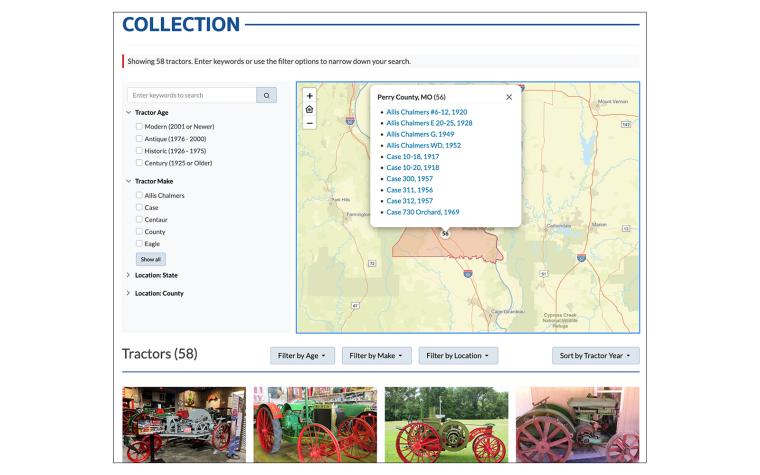Showcase your historic tractor through a new club established by the American Tractor Museum in collaboration with University of Missouri Extension and Missouri Farm Bureau.
The MU Center for Applied Research and Engagement Systems (CARES) has set up a database for the American Tractor Club, a project of the Perryville, Mo., museum created to celebrate this enduring symbol of American agriculture.
“We are using the technology of today to help preserve and share the technology of a century ago,” said Chris Barnett, CARES director. “The platform allows easy entry of facts and stories about the historic tractors that were once the backbone of Missouri farm operations. We are looking forward to the stories, descriptions and photos that tractor owners will share through the new website.”
Whether you have a more modern machine or a “century” model tractor that has been in the family for generations, you can make your contribution to the online collection, Barnett said.
“This project ties in with the mission of the American Tractor Museum – keeping the history and stories behind these iconic machines alive,” said Lori Heberlie, communications director for the American Tractor Museum. “This will allow us to not only share the stories behind the orphan tractors on public display at the American Tractor Museum, with some being over 100 years old, but also will capture and share the stories from other tractor enthusiasts across multiple generations.”
To participate in the club, fill out a simple online form, or complete a printable form and mail it in. The form collects information on the tractor’s make, model, history and other details. There is an option to include photos or videos for display on the club website. After the American Tractor Museum team reviews the information, your tractor will appear in the collection.
“We believe it will provide resources and information for researchers and collectors across the country and will bring awareness to Missouri and the American Tractor Museum,” said Perryville tourism director Trish Erzfeld.
Missouri Farm Bureau has been promoting the project since last year’s State Fair.
“We will continue to promote this opportunity through our member channels,” said Davin Althoff, chief administrative officer of Missouri Farm Bureau. “People take this seriously, and it’s a way to capture the significant history of farm tractors for future generations.”
For years, the Missouri Farm Bureau has partnered with MU Extension to recognize century-old farmsteads through the Missouri Century Farm program. “We hope that this joint effort between MU Extension and the museum will be as successful in celebrating Missouri’s farm heritage,” Barnett said.
You can contribute to the history and preservation of tractors in America by adding your machine to the American Tractor Club website.
Photos
The Mogul 8-16 was one of the earliest successful small tractors from International Harvester. Introduced around 1914, it helped small and medium-size farms transition from horse-drawn equipment to internal combustion power.
The Gray Drum Drive 22-40 was produced by the Gray Tractor Manufacturing Co. of Minneapolis in the early 1920s. Instead of traditional rear wheels, the 22-40 had two massive rotating drums intended to provide superior traction and reduced soil rutting, especially useful in sandy or marshy areas. The design was mechanically complex and difficult to maneuver, so the tractor was not commercially successful, and production ceased by the late 1920s. Surviving Gray Drum Drive tractors are extremely rare and highly prized by collectors.
The Massey-Harris Pony, introduced in 1947, was a response to postwar demand for simple, affordable tractors for small-acreage farms. The Pony was one of Massey-Harris’ most popular small models. Production continued into the mid-1950s, and it remained popular for decades. Today, the Massey-Harris Pony is a common sight at antique tractor shows and is prized for its charming size, ease of restoration and historical role in helping mechanize smaller farms.
The Minneapolis-Moline 4 Star debuted in 1957 as part of the company’s move to more modern and multifunctional tractors. With versatile wheel configurations, live power takeoff and a powerful engine, the 4 Star became a workhorse on many Midwestern farms. It could easily handle both fieldwork and belt-driven equipment.
Screenshot. The MU Center for Applied Research and Engagement Systems developed a database for the American Tractor Club, a project of the American Tractor Museum in Perryville, Mo
Writer: Julie Harker




